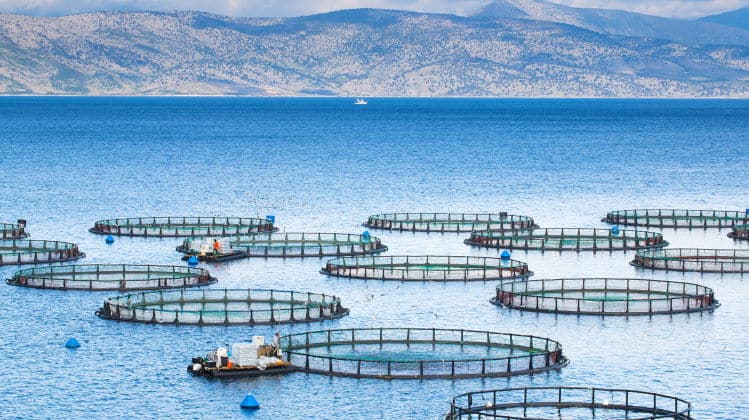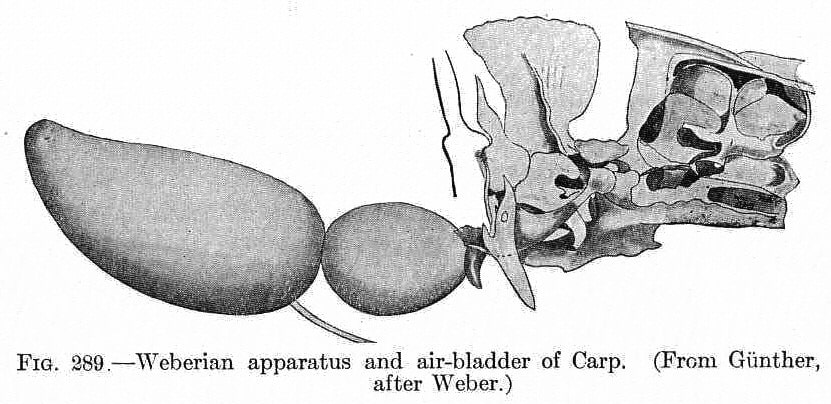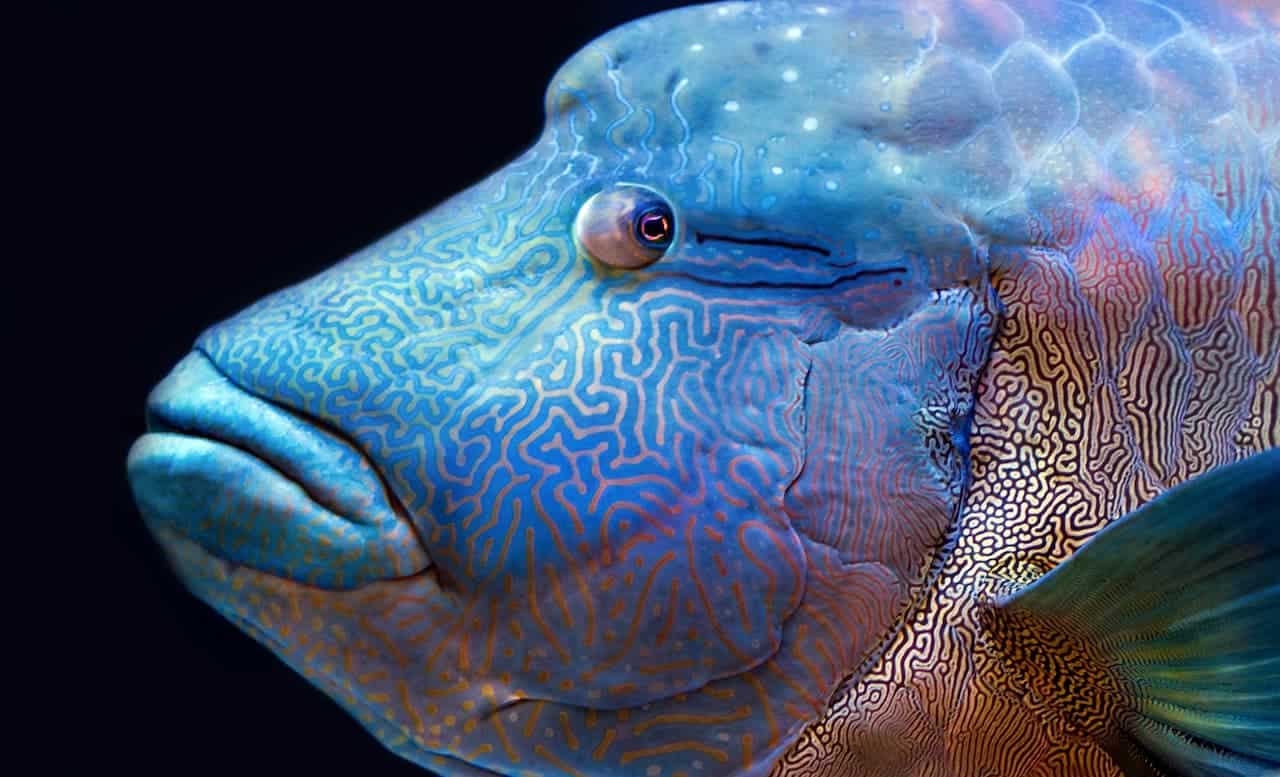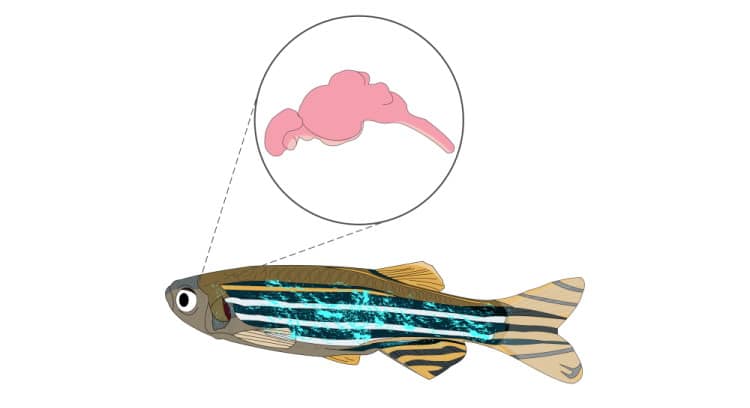What Is A Elasmobranch?
What Is A Elasmobranch And What Subclass Are They?
Elasmobranchs are an iconic and diverse subclass of cartilaginous fishes, ranging from fearsome sharks to flattened rays and skates. The name “elasmobranch” comes from the Greek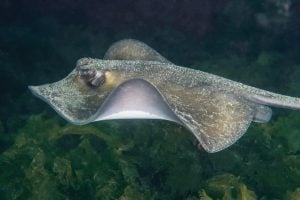
For centuries, their anatomy and biology have fascinated and frightened humans in equal measure. These aquatic hunters display a suite of adaptations that enable their dominance through the ages as apex ocean predators.
In this article, we will dive into the key attributes that define the elasmobranch fishes and set them apart from other species. We will explore their distinctive skeletal structure, unique scales, complex sensory capabilities, and reproductive strategies across this dominant predatory fish group.
What Defines An Elasmobranch?
From electroreception to bioluminescence, placoid scales to hammerhead hunting, read on to discover what makes an elasmobranch.
Why Are Sharks Called Elasmobranchs?
Sharks belong to the subclass Elasmobranchii, along with rays and skates. The term “elasmobranch” was coined in the early 19th century to describe this group of cartilaginous fishes. The name comes from the Greek words “elasma” meaning plate, and “branchia” meaning gills.
This refers to the plate-like gill structures that all elasmobranchs possess.
Sharks were likely grouped together with rays and skates due to several shared anatomical and physiological traits that set them apart from other fishes.
Some of the defining features of elasmobranchs include:
- Cartilaginous skeletons rather than bones
- Five to seven pairs of gill slits
- Placoid scales composed of dentine and enamel
- Powerful jaws and teeth
- Olfactory organs for a keen sense of smell
- Lateral line system for detecting vibrations
- Internal fertilization and ovoviviparous reproduction
So, in summary, sharks are classified as elasmobranchs because they share the same plate-like gill structures and numerous other characteristics with their close relatives, the rays and skates. The term elasmobranch conveniently groups these highly similar fishes into one scientific subclass.
What Are The Six Characteristics Of Elasmobranchs?
Six main characteristics define the elasmobranch fishes:
1. Cartilaginous Skeletons
Unlike most fishes, elasmobranchs have skeletons made of cartilage rather than bone. Their cartilage is reinforced with calcium salts, making it rigid and flexible. The cartilage skeletons allow elasmobranchs to grow continuously throughout their lives.
2. Five To Seven Pairs Of Gill Slits
Elasmobranchs have 5-7 pairs of gill slits on their heads’ sides. Water flows through these slits, enabling oxygen from the water to be absorbed by the gills. The plate-like gill structures give the group its name.
3. Placoid Scales
Their skin is covered by small tooth-like structures called placoid scales or dermal denticles. These scales are made of the same tissues that form teeth and help protect the fish.
4. Powerful Jaws And Teeth
Elasmobranchs have sturdy suspended jaws and continuously replacing teeth that enable them to seize and cut prey. Shark teeth are some of the hardest natural materials known.
5. Lateral Line System
This system of sense organs along the sides of the body can detect water movements and electric fields. It aids elasmobranchs in navigation and hunting.
6. Internal Fertilization
Unlike most fishes, elasmobranchs use internal fertilization. The male transfers sperm to the female through pelvic fins called claspers. This enables live birth in many species.
What Is A Elasmobranch & Which Fishes Are Elasmobranchs?
There are about 1,200 living species of elasmobranch fishes. The major groups of elasmobranchs include:
- Sharks – Well-known apex predators like the great white, hammerhead, and whale shark.
- Rays – Flat-bodied fish like stingrays and manta rays with pectoral fins that act as wings.
- Skates – Flattened sharks with wing-like pectoral fins that allow them to swim along the seafloor.
Some key examples of elasmobranch species include:
Sharks

- Great white shark
- Tiger shark
- Bull shark
- Nurse shark
- Whale shark
- Hammerhead shark
Rays
- Manta ray
- Stingray
- Bat ray
- Electric ray
- Guitarfish
Skates
- Little skate
- Winter skate
- Thorny skate
- Barndoor skate
Sharks make up about 50% of all elasmobranch species. Rays and skates represent about a quarter of the remaining species diversity within the subclass Elasmobranchii. All share the distinctive anatomical and physiological adaptations that define these majestic ocean predators.
How Do Elasmobranch Skeletons Differ From Bony Fish Skeletons?
One of the defining features of elasmobranchs is their cartilaginous skeletons. This sets them apart from nearly all other fish with bone skeletons. Elasmobranch skeletons comprise lightweight, flexible cartilage rather than hard bone.
The cartilage may be calcified for strength but lacks minerals like calcium phosphate found in bone. Without true bone, elasmobranchs lack vertebral columns. Instead, they have vertebral centra composed of cartilage discs stacked on top of one another.
The cartilage skull is not divided into bony elements like other fish. Jaws are suspended by ligaments at the cranium rather than fused joints. The upper jaw is not fused to the cranium, allowing more protrusion and bite force.
The gill arches that support the gill slits are composed of flexible cartilage plates rather than bony elements. Pectoral and pelvic fin supports consist of elongated cartilage filaments called ceratotrichia rather than bony fin rays. Bone is only found in the teeth, some fin spines, and dermal denticles embedded in the skin.
The lightweight cartilage skeleton provides buoyancy and saves energy. It also allows sharks to grow continuously, unlike bony fish that stop growing once their skeleton ossifies. The tradeoff is reduced structural integrity, but impregnation with calcium salts strengthens the cartilage substantially.
How Does Scale Composition Differ Between Elasmobranchs And Teleost Fish?
Elasmobranchs and teleost fish have very different protective scales covering their skin. Elasmobranch scales are called placoid scales or dermal denticles. These scales have an inner pulp cavity and an outer layer of vitrodentine, covered by enamel.
They resemble tiny teeth anchored in the skin. Teleost scales are either elasmoid (thin, overlapping), ganoid (diamond-shaped, bony), or cycloid (smooth, thin). Instead of enamel, they contain layers of collagen fibers.
What Is A Elasmobranch & Some Key Differences
- Placoid scales contain dentine and enamel, the same material that makes up shark teeth. Teleost scales contain collagen and bone.
- Placoid scales are embedded deeper in the skin for attachment, while teleost scales attach to the outer skin layers.
- Placoid scales do not increase in size as the fish grows. New denticles are continuously formed. Teleost scales grow with the fish.
- Placoid scales have a rough, tooth-like texture to create drag reduction and protect from abrasion. Teleost scales are smoother for flexibility.
- Placoids are found on both the body and fins. Most teleosts only have scales on the body.
- Placoids reduce turbulence, parasitism, and abrasion. Teleost scales primarily protect against predators and parasitism.
The placoid scales represent an evolutionary adaptation that provides sharks with a tough layer of “chainmail armor” from denticle material suited to their active predatory lifestyle.
How Did Elasmobranch Gill Structures Evolve For Enhanced Oxygen Uptake?
Elasmobranchs have unique gill structures that are highly efficient at extracting oxygen from water, providing energy for their active lifestyles. Several evolutionary adaptations enhance oxygen uptake:
- Increased surface area – Elasmobranchs have 5-7 pairs of gill slits vs. 1-2 pairs in most bony fish. More slits and gill filaments increase surface area.
- Countercurrent exchange – Elasmobranch gills use countercurrent blood flow to maximize oxygen diffusion. Blood and water flow in opposite directions across the gills.
- Gill septum – A central venous sinus separates incoming and outgoing blood for improved gas exchange.
- Gill rakers – Comb-like gill rakers prevent the gills from collapsing and trapping food particles.
- Cartilaginous gill arches – The gill arches that support the slits are composed of flexible cartilage that can pump water efficiently.
- Smaller blood vessels – Narrower blood channels bring blood closer to water in the gills for rapid gas diffusion.
- Specialized muscle – Constrictor muscles allow active pumping of water across the gills.
Through evolutionary time, these adaptations allowed elasmobranchs to develop gill structures capable of providing the elevated oxygen needed for their active, predatory lifestyles requiring high energy expenditure. Their gills are some of the most efficient among the fishes.
How Does The Elasmobranch Circulatory System Differ From Teleost Fish?
The circulatory system of elasmobranchs has some distinct differences compared to that of teleost (bony) fish. Elasmobranchs have a two-chambered heart with one atrium and one ventricle. Teleosts have a three-chambered heart with two atria. The elasmobranch heart is located dorsally in the throat region, while the teleost heart lies ventrally behind the gills.
Elasmobranchs have a conus arteriosus on the ventral aorta that regulates blood flow. Teleosts need this structure. Elasmobranch red blood cells are larger in size with a nucleus.
Teleost red blood cells are smaller and lack nuclei. Sharks have a higher blood volume relative to body mass and greater hemoglobin concentration than bony fish. Elasmobranchs have greater blood pressure and heart rate than teleosts of similar size.
Elasmobranch blood has a higher urea concentration for osmotic regulation. Teleosts rely more on trimethylamine oxide. Elasmobranchs retain metabolic heat in blood vessels called retia around muscles. Teleost fish lack these countercurrent systems.
The elasmobranch circulatory system is adapted to provide elevated oxygen delivery for their active metabolism by enhancing blood pressure, oxygen-carrying capacity, and heat retention.
How Does Elasmobranch Reproduction Differ From Bony Fish?
Several key differences in reproductive anatomy and strategies separate elasmobranchs from bony fishes.
Elasmobranchs use internal fertilization – the male transfers sperm to the female through claspers. Bony fish use external fertilization. Many elasmobranchs are viviparous and give birth to live young.
Only a few bony fish species do this. Elasmobranchs lack gonads connected directly to their kidneys. Bony fish have ovary and testis tissue closely associated with their kidneys.
Male elasmobranchs have additional clasper and siphon sac organs for transferring sperm. Teleosts need these structures. Courtship and mating behaviors are more elaborate in elasmobranchs than simple spawning in most bony fishes.
Elasmobranch eggs are protected by a collagenous egg case in some species, while teleost eggs are non-adhesive. Gestation periods are more prolonged in elasmobranchs, ranging from months to years.
Teleosts spawn thousands of eggs with minimal parental care. Elasmobranch pups are relatively advanced at birth compared to the larvae that hatch from bony fish eggs.
In general, elasmobranch reproduction involves greater internal fertilization, parental investment, and the birth of fewer, better-developed young compared to the spawning strategies of abundant bony fishes.
How Does The Lateral Line System Benefit Elasmobranchs?
The lateral line is a sensory system consisting of fluid-filled canals with nerve endings running along the sides of elasmobranchs. This system provides several key benefits:
Detects Water Movements
Allows elasmobranchs to sense the currents, pressure changes, and vibrations produced by both prey and predators. Critical for hunting.
Spatial Orientation
Provides information about the physical properties of the surrounding water. Helps with navigation and spatial awareness.
Communication 
Can detect the electrical signals from other elasmobranchs. It may facilitate schooling, mating, feeding, etc.
Prey Detection
Sensitive to the weak bioelectric fields generated by potential prey animals like fish and invertebrates. Complements other senses during hunting.
Predator Avoidance
It can detect larger predators approaching or movements of dangerous prey (e.g., stingrays).
Interaction With Magnetic Fields
It may have magnetosensory capabilities useful for migration and navigation.
The lateral line offers elasmobranchs a sixth sense that expands their perception and interaction with the aquatic environment around them, fitting their role as apex ocean predators.
How Does The Elasmobranch Digestive System Differ From Teleost Fish?
Several notable differences exist between the digestive anatomies of elasmobranchs and bony teleost fish.
Elasmobranchs have a spiral valve intestine to increase surface area and nutrient absorption. Teleost intestines are shorter and smoother.
The elasmobranch stomach is divided into cardiac and pyloric regions. Teleosts have a simple J-shaped stomach.
Elasmobranchs have a rectal gland to excrete excess salts and maintain internal salinity. Teleosts need this structure. Teleosts possess a swim bladder for buoyancy regulation that is absent in elasmobranchs.
- Elasmobranch livers have higher oil content, while teleost livers are dominated by carbohydrate and protein reserves.
- Elasmobranchs absorb, retain, and utilize lipids more efficiently due to adaptations like bile emulsification.
- Teleosts derive more energy from carbohydrates, while elasmobranchs rely heavily on lipids as an energy source.
- Elasmobranchs retain urea in tissues through oral reabsorption for osmotic balance. Teleosts excrete nitrogen as ammonia.
Overall, the elasmobranch digestive and metabolic systems reflect adaptations for more efficient lipid utilization and a higher degree of nitrogen retention than most bony fishes.
How Does Elasmobranch Skin Differ From Teleost Fish Skin?
Elasmobranch skin contains several structural and functional differences compared to bony fish.
Placoid Scales
Elasmobranchs are covered by small tooth-like placoid scales for abrasion resistance. Teleosts have smooth cycloid or ctenoid scales.
Denticles
The dermal denticles covering elasmobranch skin provide an armor-like surface. Teleost scales attach rather than embed.
Composition
Elasmobranch skin is made up of dense collagen layers along with denticles. Teleost skin is primarily collagen.
Thickness
The skin of sharks and rays is much thicker and tougher compared to teleost fish.
Innervation – Elasmobranch skin has a higher density of nerve endings related to its well-developed lateral line system.
Mucus
Elasmobranch skin produces mucus that reduces drag. Teleost mucus primarily provides pathogen resistance.
Color Change
Some elasmobranchs, like squid sharks, can rapidly change skin color. Few teleosts demonstrate this ability.
Scarring
Unlike bony fish, elasmobranchs form prominent scars that remain visible after injuries due to a lack of scales over scars.
The denticle-armored, thick, and innervated skin of elasmobranchs provides protection, defense, and sensory capabilities exceeding those of softer-skinned bony fishes.
What Are Some Examples Of Bioluminescence In Elasmobranchs?
Bioluminescence, or the production of light by living organisms, occurs in a number of elasmobranch species:
Cookie Cutter Sharks
They emit light from photophores on their underbelly, likely for countershading camouflage from below.
Lantern Sharks
Numerous species produce arrays of light from photophores thought to provide camouflage by matching downwelling light.
Velvet Belly Lantern Shark
One of the shark species capable of producing its light through symbiotic bioluminescent bacteria.
Tasselled Wobbegong
Unusual carpet shark that has bioluminescent lures along its back and tail to attract prey.
Swell Sharks
These sharks can forcibly expel light-producing mucus when alarmed, possibly to distract predators.
Catsharks
Clade includes many luminous species with light organs and bioluminescent mucus.
What Is A Elasmobranch Conclusion
From skeletal anatomy to unique denticle scales and enhanced sense organs to efficient gill structures, elasmobranch fishes display an array of adaptations optimized for active predation.
After over 400 million years of evolutionary fine-tuning, modern sharks and rays have emerged as some of the ocean’s most formidable hunters, equipped with a mix of traits that enable their predatory dominance.
While convergent evolution has produced fish with superficially similar attributes, the constellation of specializations found united in elasmobranchs sets them apart as one of nature’s great evolutionary success stories. There is still much more we are learning about these iconic aquatic species, but the unique attributes that define the elasmobranchs leave no doubt as to their success.



